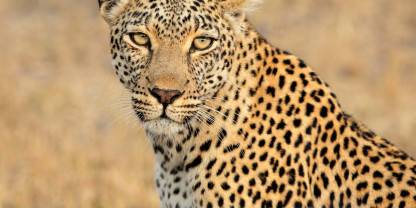Average User Rating
Rating Breakdown
Write a User Review
 US
Visited:
August 2011
Reviewed: Nov 27, 2012
US
Visited:
August 2011
Reviewed: Nov 27, 2012
20-35 years of age | Experience level: over 5 safaris
 US
Visited:
September 2011
Reviewed: Oct 24, 2012
US
Visited:
September 2011
Reviewed: Oct 24, 2012
35-50 years of age | Experience level: over 5 safaris
 GB
Visited:
May 2012
Reviewed: Oct 8, 2012
GB
Visited:
May 2012
Reviewed: Oct 8, 2012
50-65 years of age | Experience level: first safari
 NL
Visited:
May 2012
Reviewed: Sep 6, 2012
NL
Visited:
May 2012
Reviewed: Sep 6, 2012
50-65 years of age | Experience level: over 5 safaris


